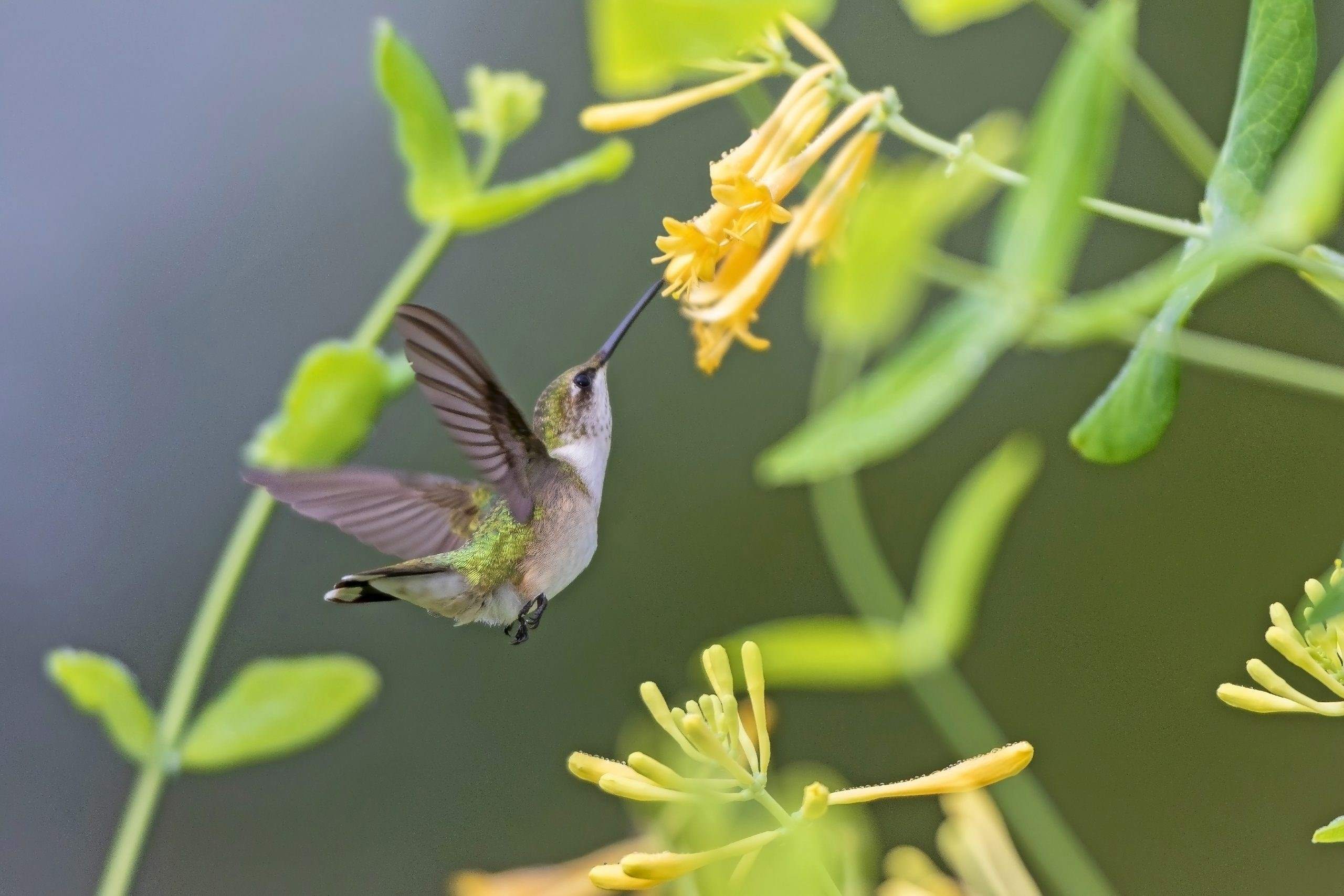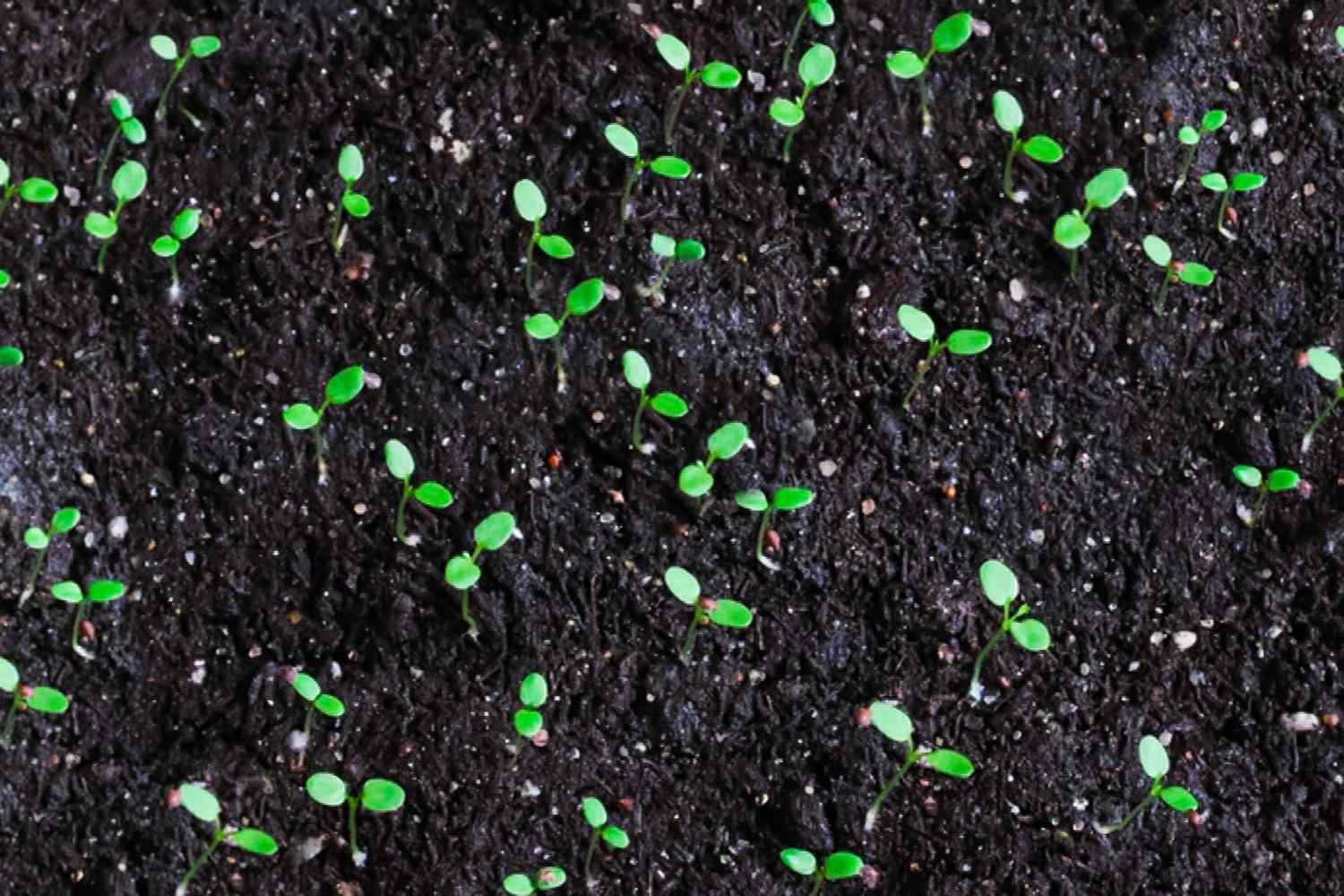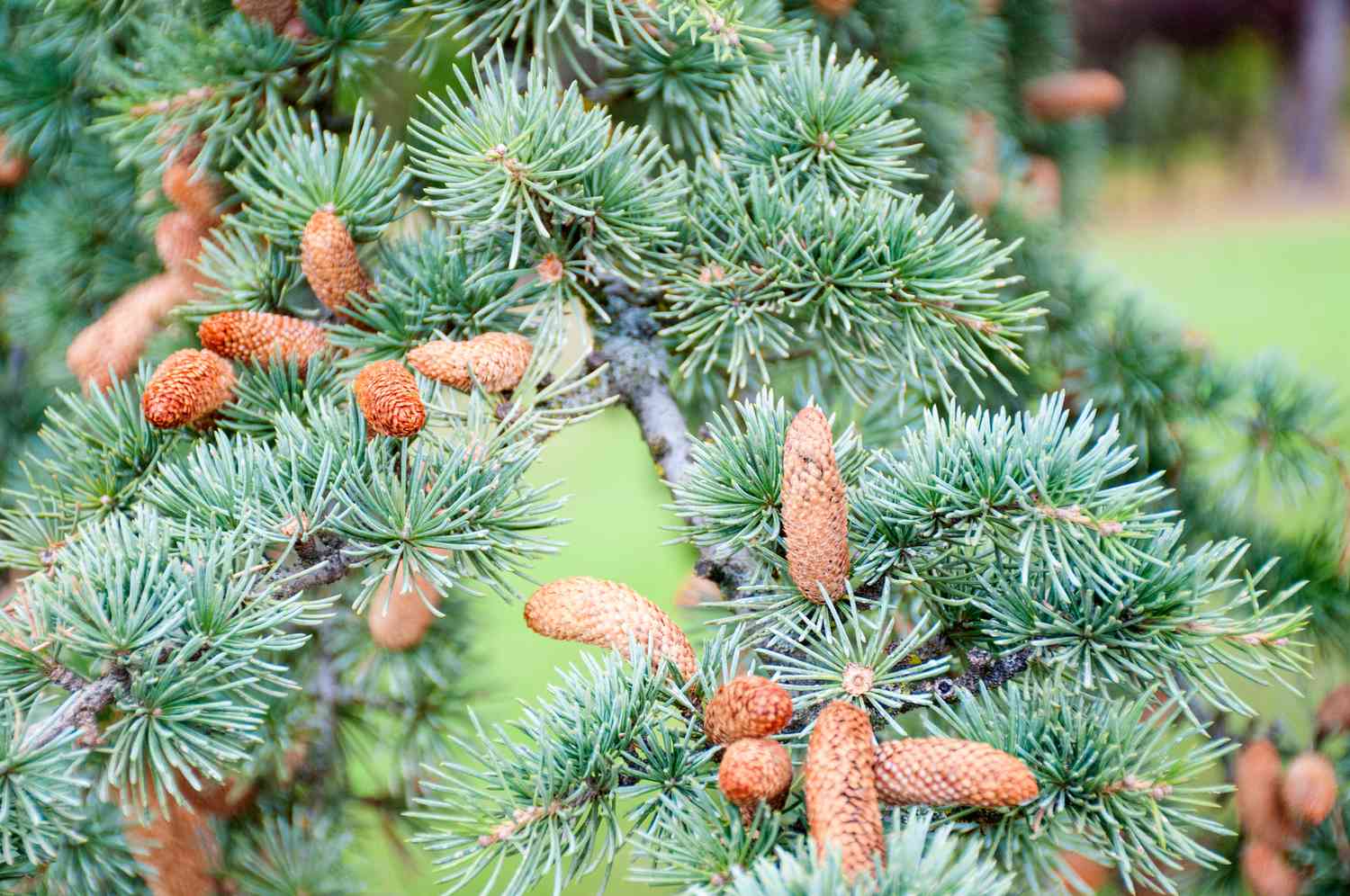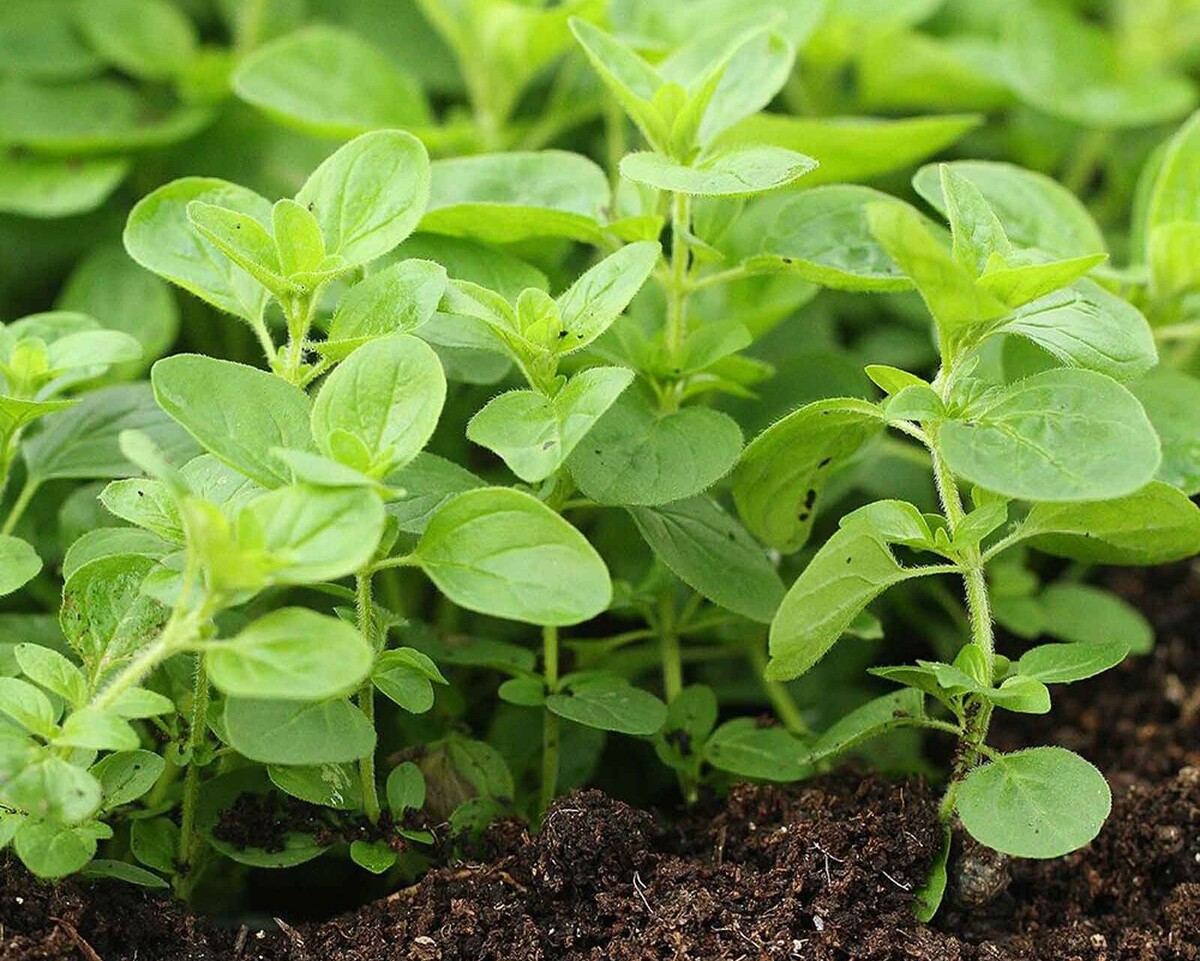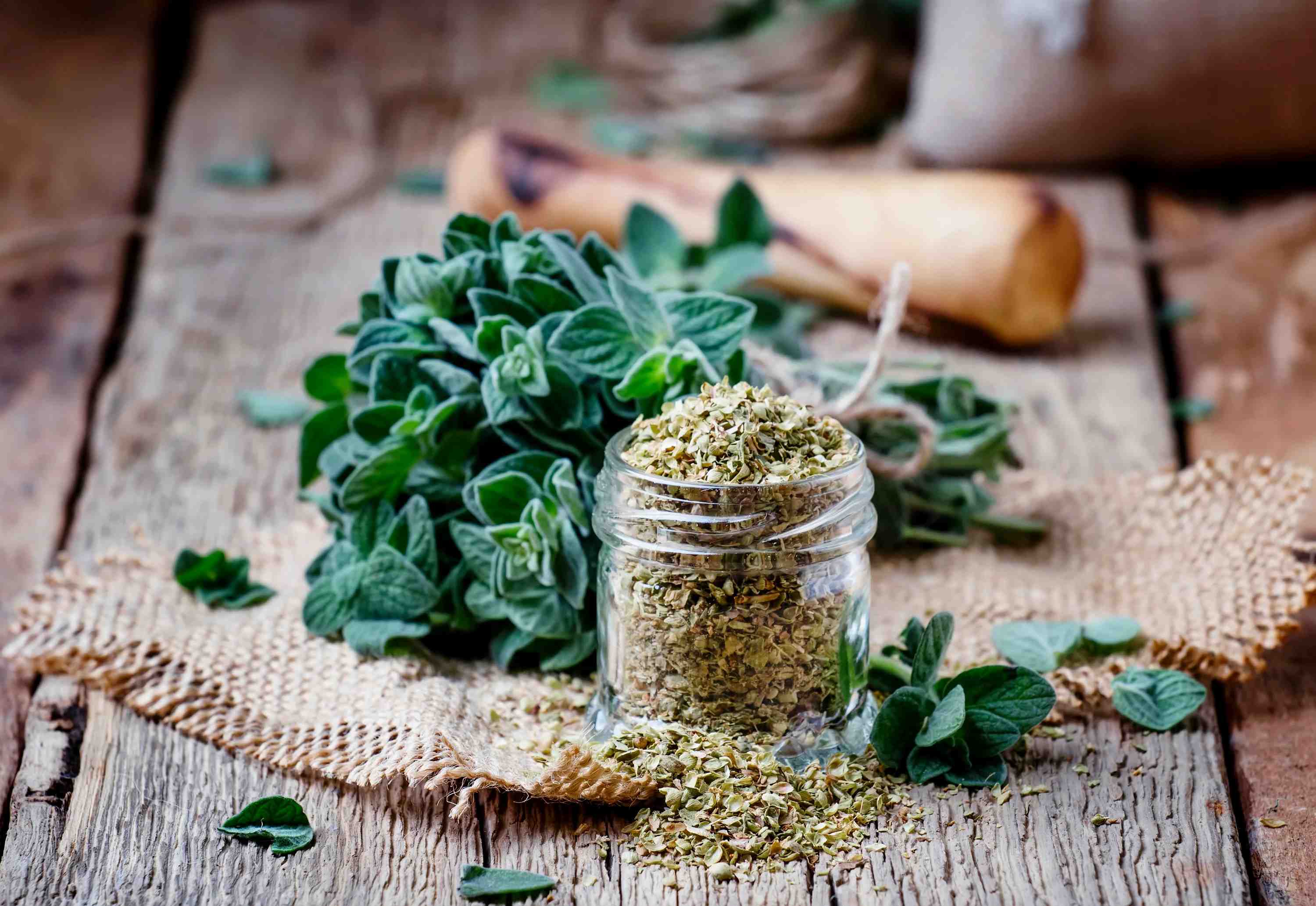Home>Gardening News and Trends>What Flowers Do Monarch Butterflies Like


Gardening News and Trends
What Flowers Do Monarch Butterflies Like
Modified: January 22, 2024
Discover the latest news on what flowers monarch butterflies like. Find out how to attract these majestic creatures to your garden and help preserve their habitats.
(Many of the links in this article redirect to a specific reviewed product. Your purchase of these products through affiliate links helps to generate commission for Chicagolandgardening.com, at no extra cost. Learn more)
Table of Contents
Introduction
Monarch butterflies are not only beautiful creatures but also play a vital role in our ecosystem. These majestic insects are famous for their incredible long-distance migration and their association with specific plants. In particular, monarch butterflies rely on certain flowers for nectar and as host plants for their caterpillars.
Their unique life cycle, fascinating migration patterns, and reliance on specific plants have made monarch butterflies a subject of great interest among nature enthusiasts, scientists, and gardeners alike. Understanding the connection between monarch butterflies and flowers can help us create butterfly-friendly habitats and contribute to their conservation.
In this article, we will explore the importance of monarch butterflies, their life cycle, and their relationship with flowers. We will also discuss the factors that influence their flower preferences and suggest some flowers that attract monarch butterflies. Lastly, we will provide tips on how to create a butterfly garden to support these beautiful creatures.
So, let’s delve into the world of monarch butterflies and discover the flowers that capture their attention!
Importance of Monarch Butterflies
Monarch butterflies hold immense ecological and cultural significance, making them an important part of our natural world. These delicate creatures serve as pollinators, helping to fertilize flowers and ensure the reproduction and diversity of plant species. As they sip nectar from flowers, monarch butterflies inadvertently transfer pollen from one flower to another, facilitating cross-pollination.
This pollination process has a significant impact on the health and survival of various plant species. In fact, many plants rely on butterflies and other pollinators for reproduction, and without their assistance, these plants would struggle to produce fruit and seeds. This, in turn, would disrupt ecosystems and affect other organisms that depend on these plants for food and shelter.
Furthermore, monarch butterflies are a source of aesthetic beauty and inspiration for people worldwide. Their vibrant orange wings, intricate patterns, and graceful flight capture the imagination and fascinate both nature lovers and artists. They have become a symbol of hope, transformation, and the delicate balance of nature.
Additionally, monarch butterflies are known for their extraordinary migration. Each year, millions of monarchs embark on a remarkable journey, traveling thousands of miles from their summer breeding grounds in the United States and Canada to their wintering sites in Mexico and California. This epic migration is one of the most remarkable phenomena in the animal kingdom, captivating scientists and enthusiasts alike.
Unfortunately, the population of monarch butterflies has been declining in recent years. Habitat loss, climate change, pesticide use, and the destruction of their overwintering sites are some of the threats they face. Conservation efforts and the creation of butterfly-friendly habitats are crucial to ensure the survival and well-being of these beautiful creatures.
In the next section, we will explore the life cycle of monarch butterflies and understand the different stages they go through before transforming into the magnificent butterflies we admire.
Monarch Butterfly Life Cycle
The life cycle of a monarch butterfly is a fascinating journey that encompasses four distinct stages: egg, larva, pupa, and adult.
The life cycle begins with a female monarch butterfly laying her eggs on the underside of milkweed leaves. Milkweed plants are the sole host plants for monarch butterflies, meaning they are the only plants on which the caterpillars can feed and grow. The eggs are tiny, about the size of a pinhead, and pale yellow in color. Within a few days, the eggs hatch, revealing hungry caterpillars.
As caterpillars, monarch butterflies undergo several stages of growth called instars. During these stages, the caterpillars continuously feed on milkweed leaves, growing rapidly and shedding their skin each time they outgrow it. The caterpillar’s vibrant stripes and distinct patterning help camouflage them from predators.
After about two weeks of continuous feeding, the caterpillar enters the pupa stage. It attaches itself to a sturdy surface, such as a branch or leaf, and forms a chrysalis around its body. Inside the chrysalis, the caterpillar undergoes a remarkable transformation. The cells in its body break down, and new cells rearrange themselves to form the adult butterfly structure.
Once the transformation is complete, the adult monarch butterfly emerges from the chrysalis. Its wings are initially soft and folded, but they quickly expand and harden as they dry in the open air. After a few hours, the newly emerged butterfly is ready to take flight and embark on its extraordinary journey of migration.
It’s worth noting that not all monarch butterflies engage in migration. Some populations remain resident or only travel short distances, while others partake in the long-distance migration process. This migration is the subject of awe and wonder, as monarch butterflies travel thousands of miles to reach their wintering sites, often returning to the exact same location year after year.
Understanding the monarch butterfly life cycle helps us appreciate the incredible journey these creatures undertake and the importance of creating suitable habitat for their growth and transformation. In the next section, we will explore the relationship between monarch butterflies and flowers, and the significance of nectar as a food source for these magnificent insects.
Monarch Butterflies and Flowers
Monarch butterflies have a strong association with flowers, relying on them for both nectar and as host plants for their caterpillars. For adult monarch butterflies, flowers serve as a vital source of energy in the form of nectar. Nectar is a sugary liquid produced by flowers as a reward for pollinators, and it provides monarch butterflies with the essential nutrients they need for survival.
Monarch butterflies have specific preferences when it comes to the flowers they visit for nectar. They are particularly attracted to brightly colored flowers, especially those that are shades of red, orange, pink, and purple. Flowers with a clustered shape, such as coneflowers and milkweed, are also highly appealing to monarch butterflies.
In addition to providing nectar, flowers also play a critical role in the life cycle of monarch butterflies. The female monarch butterfly lays her eggs on milkweed plants, which are the exclusive host plant for monarch caterpillars. Milkweed plants contain toxins that make monarch caterpillars poisonous to predators, providing them with protection.
During the caterpillar stage, monarch butterflies continue to rely on milkweed plants as their primary food source. The leaves of milkweed plants are rich in nutrients, helping caterpillars grow and develop. It is essential to have a sufficient supply of milkweed plants in butterfly habitats to support the growth of caterpillars and ensure the survival of monarch populations.
The relationship between monarch butterflies and flowers is mutually beneficial. As monarch butterflies visit flowers to sip nectar, they inadvertently transfer pollen from one flower to another, aiding in the plant’s reproduction. At the same time, flowers provide these enchanting insects with the nourishment they need to thrive and complete their life cycle.
Next, we will explore the various factors that can affect the flower preferences of monarch butterflies, shedding light on why certain flowers are more attractive to them than others.
Factors Affecting Monarch Butterfly Flower Preference
Several factors influence the flower preferences of monarch butterflies, guiding them towards specific types of flowers for nectar and as host plants for their caterpillars. Understanding these factors can help us create butterfly-friendly habitats and ensure the presence of suitable flowers for these magnificent insects.
One of the primary factors affecting monarch butterfly flower preference is the availability of nectar. Monarch butterflies are attracted to flowers that offer abundant nectar, as this provides them with the necessary energy for their daily activities. Flowers with a high nectar content, such as milkweed, coneflowers, and asters, are particularly enticing to monarch butterflies.
Another factor that influences flower preference is color. Monarch butterflies are strongly attracted to vibrant colors, especially shades of red, orange, pink, and purple. These colors stand out against the green foliage and are easily visible to monarch butterflies as they fly or perch on flowers. Flowers like zinnias, marigolds, and butterfly bushes, with their bright and eye-catching hues, are favored by monarch butterflies.
The shape of the flower cluster also plays a role in attracting monarch butterflies. Flowers that have a clustered or composite shape, such as coneflowers, milkweed, and goldenrod, are particularly appealing. The tight grouping of individual flowers on a single stalk provides a concentrated source of nectar, making it easier for monarch butterflies to feed efficiently.
In addition to these factors, the scent of flowers can also influence monarch butterfly flower preference. Some flowers emit fragrances that are irresistible to monarch butterflies. These fragrant flowers, such as lavender, sweet alyssum, and phlox, not only attract monarch butterflies but also provide a delightful olfactory experience for human observers.
It is important to keep in mind that the flower preferences of monarch butterflies can vary depending on geographic location and availability. Different regions may have different native flowers that monarch butterflies are naturally drawn to. Therefore, it is crucial to select and plant a variety of native flowers that cater to the specific needs and preferences of monarch butterflies in your area.
By considering these factors, we can create a more enticing and supportive environment for monarch butterflies, ensuring the availability of suitable flowers for their sustenance and reproductive needs. In the next section, we will explore some specific flowers that are known to attract monarch butterflies and discuss their characteristics.
Flowers that Attract Monarch Butterflies
When it comes to attracting monarch butterflies to your garden or outdoor space, planting the right flowers is key. Certain flowers have proven to be particularly attractive to monarch butterflies, providing them with the nectar they need for sustenance and contributing to their survival. Here are some flowers that are known to attract monarch butterflies:
- Milkweed (Asclepias): Milkweed is the most critical plant for monarch butterflies as it serves as both a nectar source and a host plant for their caterpillars. There are several species of milkweed available, including common milkweed (Asclepias syriaca) and butterfly weed (Asclepias tuberosa). Planting milkweed in your garden not only provides food for adult monarchs but also supports their reproductions and the growth of caterpillars.
- Zinnias: Zinnias are colorful and vibrant flowers that monarch butterflies find irresistible. Their bright blooms, available in various shades of red, orange, and pink, act as beacons for these enchanting insects. Zinnias are easy to grow and make a visually stunning addition to any garden.
- Butterfly Bush (Buddleja davidii): True to its name, the butterfly bush is highly attractive to butterflies, including monarchs. Its long clusters of nectar-rich flowers, available in shades of purple, pink, and white, serve as a valuable food source for adult butterflies. Butterfly bushes are not only beautiful but also drought-tolerant and low-maintenance.
- Marigolds (Tagetes): Marigolds are popular garden flowers that not only add a bright splash of color but also attract monarch butterflies. These sturdy flowers have a distinctive scent and come in various shades of yellow, orange, and red. Marigolds are easy to grow from seeds and can be planted in both garden beds and containers.
- Asters: Asters are late-season bloomers that provide a valuable nectar source for monarch butterflies as they prepare for migration. Their daisy-like flowers, available in shades of purple, blue, and white, are a favorite among late-season pollinators. Planting asters extends the availability of nectar and provides essential nourishment for monarch butterflies.
These are just a few examples of flowers that attract monarch butterflies. Remember, native plant species are generally more appealing to native butterflies, so consider incorporating local wildflowers into your garden as well. Native plants have coevolved with local butterfly populations and are better suited to their needs.
In addition to selecting the right flowers, it’s important to provide a diversity of flowering plants that bloom throughout the growing season. This ensures a continuous supply of nectar for monarch butterflies at different stages of their life cycle.
Creating a butterfly-friendly garden not only benefits monarch butterflies but also contributes to the overall conservation of pollinators and the health of our ecosystems. In the next section, we will explore some tips on how to create a successful butterfly garden.
Planting a Butterfly Garden
Creating a butterfly garden is a rewarding and enjoyable way to support and attract monarch butterflies to your outdoor space. By providing a suitable habitat with the right flowers and plants, you can encourage these magnificent insects to visit and thrive. Here are some tips for planting a successful butterfly garden:
- Choose the right location: Select a sunny area in your garden that receives at least 6 hours of direct sunlight each day. Butterflies are cold-blooded creatures and rely on the sun for warmth and energy.
- Include host plants: Incorporate host plants that cater to the specific needs of monarch butterflies. Milkweed plants are essential, as they serve as both a nectar source and a host plant for monarch caterpillars. Different varieties of milkweed can provide a continuous supply of food for both adult monarchs and their caterpillars.
- Plant a variety of flowers: Create a diverse garden by including a variety of flowers that bloom throughout the growing season. This ensures a continuous supply of nectar for monarch butterflies. Consider planting flowers of different colors, sizes, and shapes to attract a wide range of butterfly species.
- Provide water sources: Butterflies need water for drinking and puddling. Place shallow dishes or containers filled with water in your garden to provide a source of hydration for these delicate creatures.
- Avoid pesticides: Minimize or eliminate the use of pesticides in your garden, as they can be harmful to monarch butterflies and other pollinators. Instead, opt for natural pest control methods or choose organic alternatives to protect your plants.
- Create sheltered areas: Butterflies need shelter to rest and seek refuge from extreme weather conditions. Plant shrubs or provide low-growing plants to create sheltered areas in your garden. These areas also offer protection for overwintering butterflies and caterpillars.
- Practice sustainable gardening: Implement sustainable gardening practices by conserving water, using organic fertilizers, and composting. By reducing your environmental impact, you create a healthier and more sustainable habitat for butterflies and other wildlife.
- Observe and learn: Spend time observing and learning about butterflies and their behavior. This will help you better understand their needs and preferences, enabling you to make informed decisions when planning and maintaining your butterfly garden.
Remember, creating a butterfly garden is an ongoing process. Regularly monitor your garden, make adjustments as needed, and continue to expand and diversify the plant choices to support a thriving butterfly population.
By following these tips and dedicating a space in your garden to support butterflies, you can contribute to their conservation and experience the joy of observing these beautiful creatures up close. Transform your outdoor space into a butterfly haven and enjoy the beauty and wonder of monarch butterflies.
Conclusion
Monarch butterflies are not only gorgeous creatures; they also play a crucial role in our ecosystem as pollinators. Understanding their life cycle, their preference for specific flowers, and the factors that influence their behavior is essential for supporting their conservation and creating butterfly-friendly habitats.
By planting a butterfly garden with flowers that attract monarch butterflies, such as milkweed, zinnias, butterfly bush, marigolds, and asters, you can contribute to their survival and provide them with the necessary resources for their life cycle. Additionally, incorporating native plants in your garden is important, as they have coevolved with local butterfly populations and better meet their needs.
When planting a butterfly garden, consider the location, include host plants, provide a variety of flowers that bloom throughout the season, offer water sources, avoid pesticides, create sheltered areas, practice sustainable gardening, and spend time observing and learning about butterflies.
By creating a suitable habitat for monarch butterflies, we not only support their population but also enhance biodiversity, contribute to the health of our ecosystems, and derive immense joy from witnessing their beauty and grace. Let us continue to appreciate and protect these enchanting creatures, ensuring that monarch butterflies will continue to mesmerize us and future generations with their extraordinary journeys and delicate presence.
